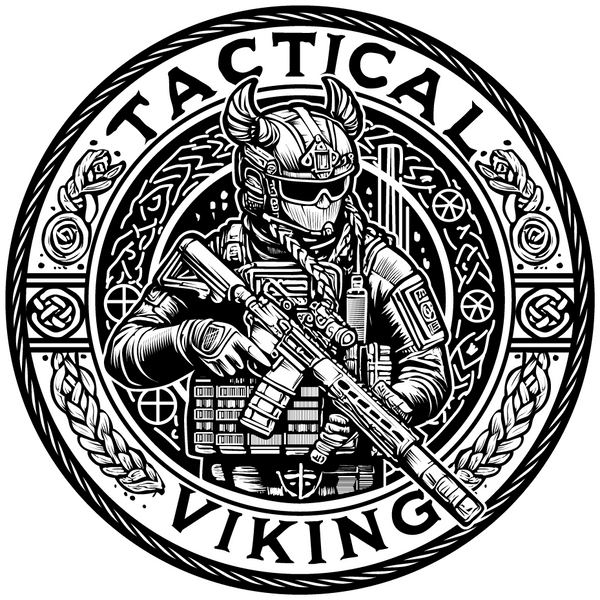
When the Sky Caught Fire: The Trinity Test Legacy
Share
When the Sky Caught Fire: The Trinity Test Legacy
On July 16, 1945, the desert night was torn open by light and fury. At 5:29:45 a.m., the first successful detonation of an atomic bomb—code-named Trinity—forever altered the course of history. The Trinity Test Legacy is far more than a moment in military science. It is a symbol of resolve, responsibility, and the warrior’s burden in a modern age.
For those who understand duty, who have served, or who live by an unbreakable code, this event holds weight beyond textbooks. It is a reminder of what happens when men make gods of fire—and are forced to reckon with the aftermath.
The Trinity Test Legacy Begins in Silence
Before the mushroom cloud rose above Alamogordo, there was only silence. Silence in the planning rooms. Silence among the soldiers stationed nearby. The Manhattan Project, born out of wartime desperation and visionary science, was built on secrets.
Thousands of Americans, many of them veterans or enlisted personnel, labored across facilities nationwide, often without understanding the true scale of what they were building. That kind of obedience, that kind of commitment, lives in every veteran today. The Trinity Test Legacy is etched in the sweat and sacrifice of those who never got named in the history books—but showed up anyway.
The Warrior Mind Behind the Bomb
Behind the equations and uranium was the same element found in every warrior: resolve. Men like General Leslie Groves and J. Robert Oppenheimer weren’t just leaders—they were tacticians with steel in their veins.
The Trinity Test Legacy teaches us that knowledge and courage are not opposites. They are partners. Just like the soldier who studies the battlefield before making his move, the scientists had to face the reality that they were birthing something that could either end war—or end worlds.
The power was immense. But it came with the kind of moral gravity that only warriors truly understand.
Brotherhood, Burden, and the Fire They Made
The team at Los Alamos didn’t operate in isolation—they operated as a unit. Like a fire team stacked up on a breach, they counted on each other. The Trinity Test Legacy is filled with names we’ll never know—lab techs, guards, engineers, field scouts—each of them playing a part in what became the most powerful weapon ever created.
When the bomb detonated, there was no cheering. Just a long silence. A silence that felt like staring over the edge of a cliff and realizing you helped build it.
Why the Trinity Test Legacy Still Matters to Warriors Today
Whether you carry a sidearm, a service record, or scars—physical or not—the message of the Trinity Test Legacy still rings true.
-
Mission First: The Trinity test was success under pressure, when failure meant losing the war.
-
Total Preparation: From theory to field detonation, nothing was left to chance. Warriors live by the same principle.
-
Weight of Power: With great power comes a heavier burden. Warriors don’t celebrate strength—they respect it.
-
Leadership Through Action: Trinity was the result of relentless coordination, command integrity, and calculated risk.
Lessons from the Fire: Honor Over Glory
One of the most iconic quotes from Oppenheimer at the moment of detonation was pulled from ancient scripture: “Now I am become Death, the destroyer of worlds.” But behind that line was not arrogance—it was grief.
The Trinity Test Legacy is not about glorifying destruction. It’s about honoring the restraint, the decisions, the nights of no sleep, and the men who chose to carry that weight.
It’s a legacy that lives in every soldier who hesitates before pulling the trigger. Every vet who lives with what they saw. Every operator who knows the value of life because they’ve had to take it.
What It Teaches Patriots and Warfighters Today
Whether you're in the field, behind the lines, or years removed from the uniform, the Trinity Test Legacy teaches a few truths:
-
Train harder than you think you need to.
-
Respect power. Fear its misuse.
-
Speak softly, but be damn ready to strike.
-
War isn’t about the weapon. It’s about the will behind it.
Carrying the Fire in What We Wear
The Trinity Test Legacy informs how we honor strength, sacrifice, and accountability. Our apparel stands for the warrior mindset that says: I will carry what others cannot. I will act when others won't.
The blast that lit up the New Mexico sky wasn’t just about physics. It was about fire meeting flesh. And the mindset that allowed men to do it without flinching.
Final Thought: Fire Forged Responsibility
The Trinity Test Legacy is a reflection of what it means to hold the line—not just in battle, but in decision, leadership, and character. What exploded that day changed warfare forever—but more importantly, it changed us.
Today, we carry that legacy forward with strength, humility, and the resolve to never forget what it cost.
